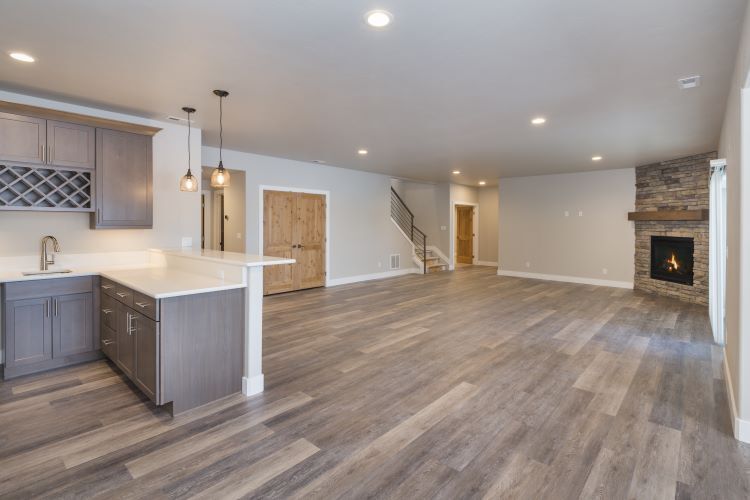Interior Paint Design Tips

Are you considering a renovation project to breathe new life into your home? Whether you're revamping your entire interior or simply looking to refresh a few rooms, painting is one of the most effective ways to transform your space. In this article, brought to you by Basement Renovations London in London, Ontario, we'll explore some interior paint design tips and tricks to help you achieve stunning results.
1. Choose the Right Colors:
The first step in any paint project is selecting the perfect colors for your space. Consider the mood you want to create in each room and choose paint colors accordingly. Soft, neutral tones like whites, grays, and beiges can create a calming atmosphere, while bold, vibrant hues add energy and personality to a room. Don't be afraid to experiment with different color combinations to find the perfect palette for your home.
2. Create Contrast:
Contrast is key to creating visual interest in your space. Pair light-colored walls with dark trim or vice versa to add depth and dimension to your rooms. You can also use contrasting colors on adjacent walls or incorporate accent walls painted in a different shade to create a focal point in the room.
3. Experiment with Finishes:
Don't limit yourself to just one type of paint finish. Experiment with different finishes like matte, eggshell, satin, or semi-gloss to achieve different effects and textures. Matte finishes are ideal for hiding imperfections on walls, while glossier finishes add shine and are easier to clean, making them perfect for high-traffic areas like kitchens and bathrooms.
4. Consider the Ceiling:
Don't overlook the importance of the ceiling in your paint design. While white is a classic choice for ceilings, don't be afraid to add a pop of color or a subtle accent to draw the eye upward and create visual interest. Consider painting the ceiling a shade lighter or darker than the walls to add depth to the room.
5. Use Paint to Define Spaces:
Paint can be a powerful tool for defining separate spaces within an open floor plan. Use different paint colors to delineate areas like living rooms, dining rooms, and kitchens, creating a cohesive yet distinct look throughout your home.
6. Embrace Patterns and Textures:
Paint isn't just for solid colors; you can also use it to create patterns and textures on your walls. Experiment with techniques like color blocking, stenciling, or faux finishes to add visual interest and personality to your space. Consider using paint to create a statement wall or add subtle texture with a sponge or ragging technique.
7. Don't Forget the Details:
Finally, don't forget to pay attention to the details. Consider painting trim, doors, and moldings in a contrasting color to make them stand out and add architectural interest to your space. And don't overlook the impact of small accents like painted furniture, door frames, or window sills in tying your paint design together.
With these interior paint design tips and tricks, you can transform your home into a stylish and inviting space that reflects your personal taste and lifestyle. Whether you're looking to create a serene retreat, a vibrant gathering space, or anything in between, Basement Renovations London is here to help bring your vision to life. Contact us today to learn more about our renovation painting services and start planning your next project.
You might also like




